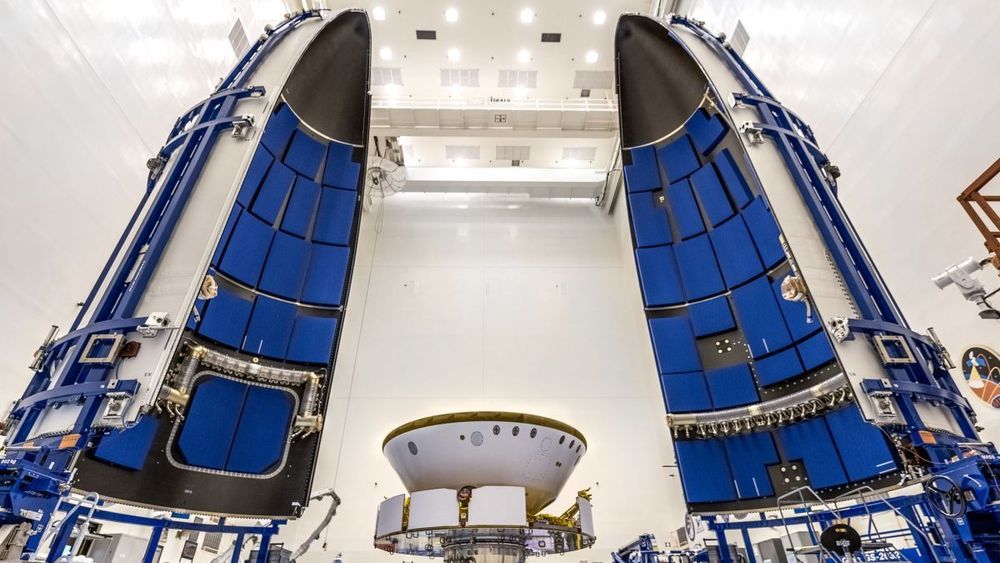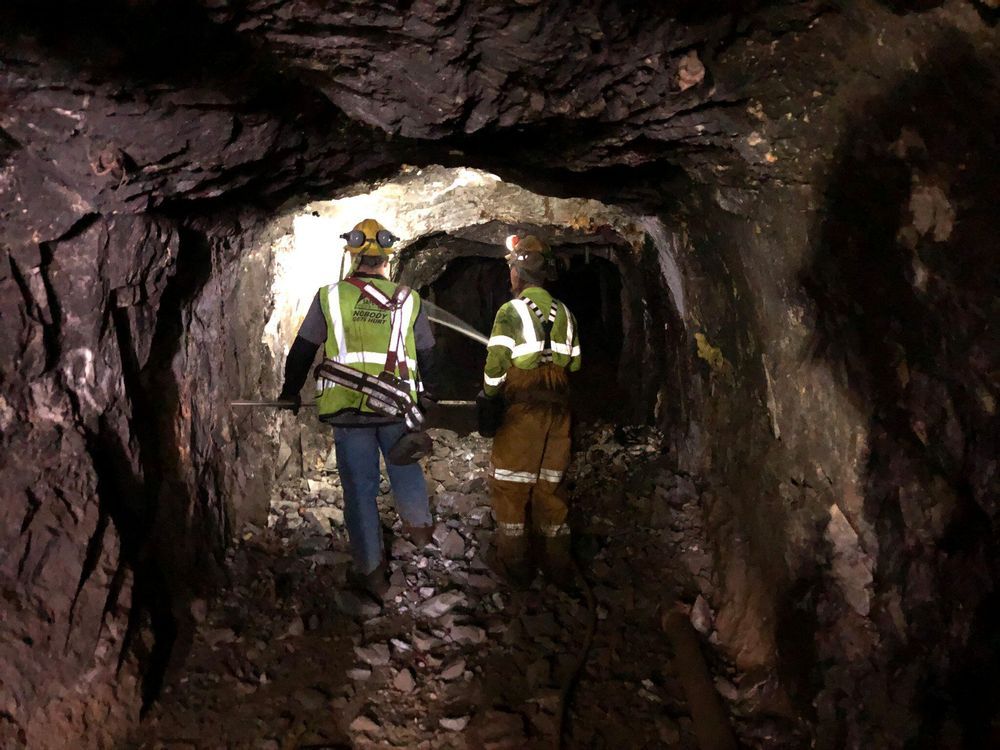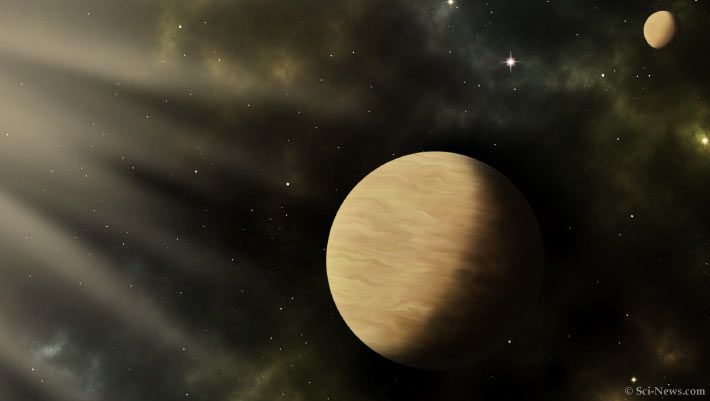Moving at eight kilometers (five miles) per second, the International Space Station (ISS) circles our planet every 90 minutes. In a 24-hour period, crew members on the ISS experience 16 sunrises and sunsets. Despite how often the station passes directly between Earth and the Sun, capturing an image of the ISS transiting our nearest star is rare.
On June 24, 2020, NASA photographer Joel Kowsky captured such an occurrence from Fredericksburg, Virginia. The image above is a composite, made from six frames, and shows the ISS in silhouette as it moved from right to left across the solar disk while orbiting 400 kilometers (250 miles) above Earth.
The image below shows the position of the ISS in its orbit as Kowsky snapped his photos at approximately 1:15 p.m. U.S. Eastern Daylight Time. The transit lasted approximately 0.54 seconds and was captured while his camera was shooting at 10 frames per second. Watch a video of the transit below.









